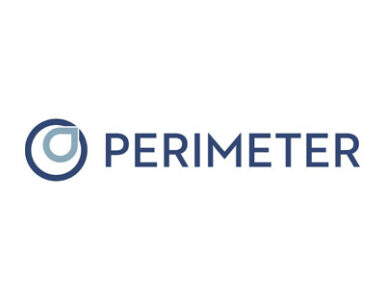
VistaGen Therapeutics (NASDAQ:VTGN) announced new mechanism of action data from a preclinical tissue distribution study in laboratory rats demonstrating that a single intranasal administration of radiolabeled carbon-14 PH94B was largely confined to the nasal passages and minimal or undetectable in most other tissues, including the CNS. No appreciable activity was observed in the brain.
These data further support the proposed mechanism of action of PH94B involving binding to receptors of peripheral neurons in the nasal passages, not to neuronal receptors in the CNS, limiting transport of molecules to the circulatory system and minimizing potential systemic exposure.
In a statement, Shawn Singh, CEO of VistaGen, said these new study results further highlight how the mechanism of action of PH94B is “fundamentally differentiated” from all current anti-anxiety therapies.
“If successfully developed in our ongoing PALISADE Phase 3 Program, PH94B has the potential to fill a void as the first fast-acting, on demand acute treatment of anxiety for more than 23 million Americans who suffer from social anxiety disorder,” he added.
Mark Smith, M.D., Ph.D., chief medical officer of VistaGen, said these findings “strongly support a local disposition of PH94B in the olfactory receptor neurons and an absence of binding of PH94B in the central nervous system. We believe that this is another positive indication supporting the clinical development of PH94B.”






